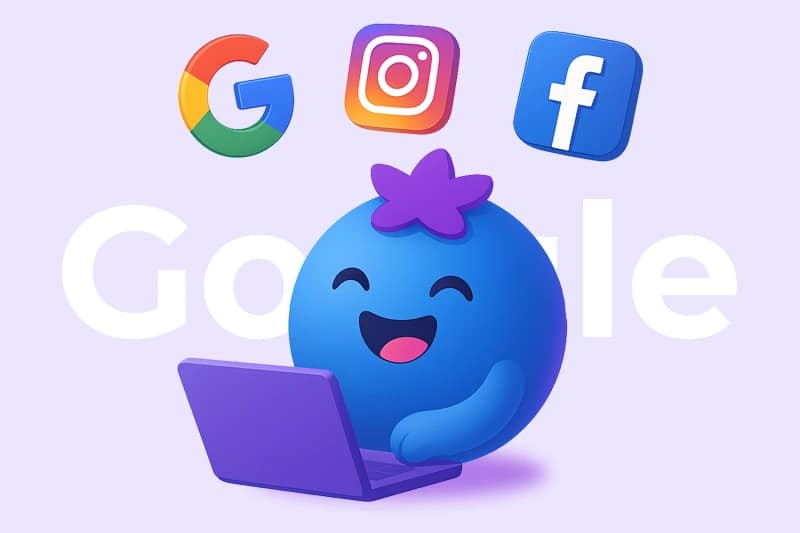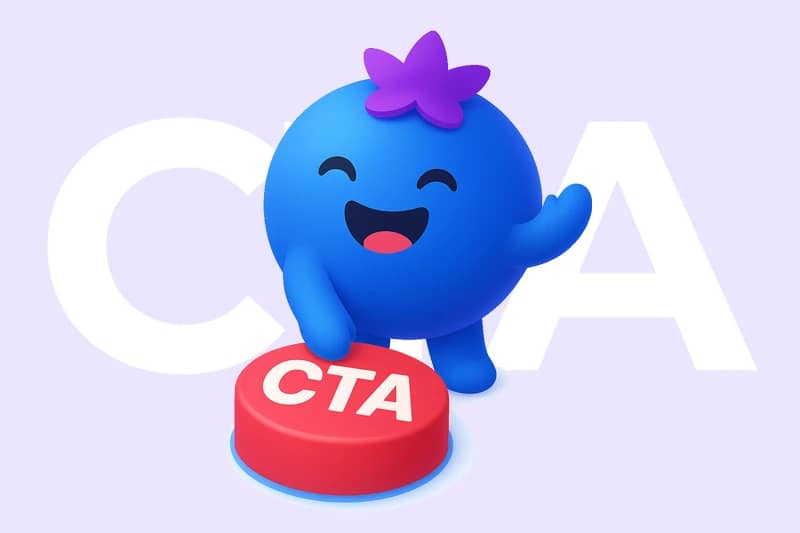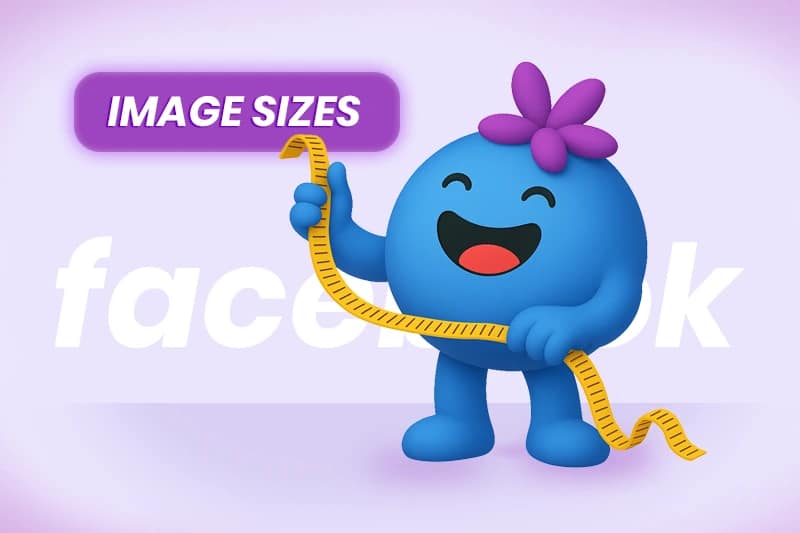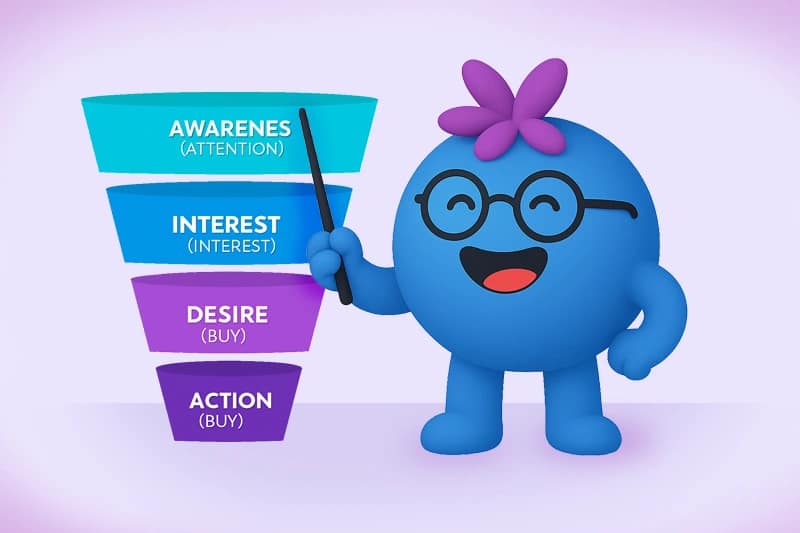Organic reach on Facebook and Instagram has been dropping for years, and small businesses across the UK are feeling it more than ever. If you want to increase reach on Facebook and Instagram, the good news is that you can still grow your visibility without paying for ads — as long as you understand how the algorithm works and what type of content earns priority in today’s feeds. Whether you run a café in Leicester, a beauty salon in Coalville, or a small service business anywhere in the East Midlands, optimising your social media strategy can increase your reach dramatically.
Both platforms now rely heavily on content quality, user engagement signals and location-based relevance. This creates a strong opportunity for UK businesses that publish consistent, keyword-optimised posts and understand how to trigger meaningful interactions. In this guide, we’ll break down practical strategies to boost your reach, improve your engagement and use local social media SEO to get your brand seen by the right people. And if you want professional support, agencies like SocialBerry.co.uk help UK businesses maximise their Facebook and Instagram presence with proven, data-driven social media management.
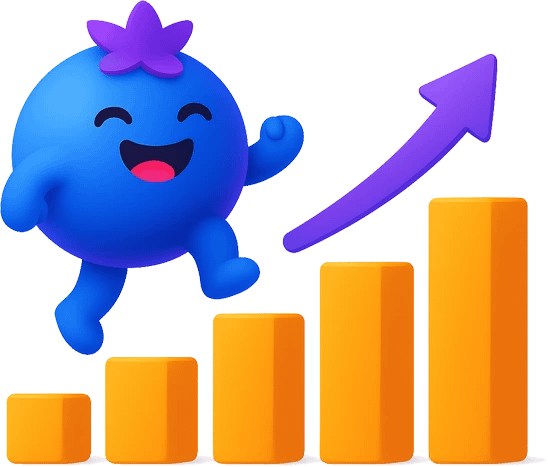
1. Understand the Algorithm: What Actually Drives Reach in 2025
To increase your reach on Facebook and Instagram, you first need to understand how both algorithms evaluate content in 2025. Both platforms have moved away from simple popularity metrics and now focus on how meaningful, engaging and locally relevant your posts are. Reach is no longer determined by how many likes you get, but by whether your content sparks real conversations, keeps users watching for longer and encourages them to interact naturally with your page.
Instagram continues to prioritise short-form video, especially Reels, because they generate higher watch time and stronger engagement signals. Facebook, on the other hand, rewards content that creates a sense of community, such as behind-the-scenes posts, carousels, local stories and updates that encourage comments and discussion. The platforms also consider how consistently you post; accounts that publish high-quality content on a regular basis are more likely to be pushed into users’ feeds.
Another major factor is relevancy. If your audience often interacts with your content, the algorithm begins to treat your posts as more valuable. This effect is even stronger for small businesses in the UK, because Facebook and Instagram favour posts with clear local context, relevant keywords and accurate profile details. In short, the algorithm highlights content that feels authentic, informative and genuinely useful to people in your area — and this is exactly where small UK businesses can outperform larger brands with the right approach.
2. Optimise Your Profiles for Search and Local Visibility
Before you focus on posting more frequently, it’s crucial to ensure that your Facebook and Instagram profiles are properly optimised for search and local discovery. Both platforms have evolved into powerful search engines, especially for users looking for nearby services in the UK. This means that your bio, category, contact details and keywords directly influence whether potential customers will find your business. A well-optimised profile sends two strong signals to the algorithm: who you are and which audience your content is relevant for.
Start by using a clear business name and concise description that includes your main services and location. Phrases such as “web design Leicester”, “social media management UK” or “digital marketing East Midlands” help the algorithm understand your niche and improve your visibility in local searches. Many UK businesses lose reach simply because their bio is vague or generic, making it harder for Facebook and Instagram to categorise the account.
Your profile also needs complete and accurate contact information. Adding your website, location, business category and opening hours strengthens your credibility and helps local users trust and engage with your brand. Instagram in particular uses keywords from your bio and category fields to determine who should see your posts, meaning that optimising these elements has a direct impact on your organic reach.
Finally, ensure that your visual identity is consistent. A recognisable profile photo, cohesive colours and a clear branding style make your business more memorable, which increases the likelihood of repeat interactions — a key factor the algorithm uses when deciding what content to prioritise. By treating your social media profiles as searchable landing pages, you create a stronger foundation for all content that follows.
3. Create Content That Actually Gets Seen
Creating content that truly reaches people on Facebook and Instagram requires more than posting regularly; it requires understanding what users in the UK genuinely respond to. If your goal is to increase reach on Facebook and Instagram, the first step is to publish content that captures attention within seconds and feels genuinely relevant to your audience. Both platforms promote posts that hold attention and reflect real human behaviour, not surface-level engagement tricks. This means your content needs to be purposeful, easy to consume and aligned with what your community already finds interesting. Short videos that show behind-the-scenes moments, quick educational tips, local stories, product demonstrations and relatable everyday scenarios tend to perform significantly better than generic promotional graphics.
Modern users scroll incredibly fast, so the first two seconds of any video, Reel or carousel matter far more than the rest. Opening with movement, a strong hook or a visually unexpected element dramatically increases the chance that the algorithm will push your content to a wider audience. Even static images can perform extremely well when they communicate something specific and relatable, such as before-and-after results, real customer experiences or simple, value-driven messages.
Consistency in tone and visual identity also plays a crucial role. When people instantly recognise your posts, they are more likely to stop, watch and interact. This repeated engagement trains the algorithm to show your future content to the same users more often. For small UK businesses, adding subtle local context can boost reach even further. Mentioning a neighbourhood, a city, a loyal customer or a common local challenge helps your content feel authentic and relevant to nearby audiences — and this kind of trust is exactly what Facebook and Instagram aim to reward.
Content Types That Increase Reach on Facebook and Instagram
Reels
New audience discovery
Very High
Meta pushes short videos into Explore and Suggested feeds, extending reach far beyond followers.
Carousels
Education, tips, storytelling
High
Multiple slides increase dwell time and save rate — two strong signals for the algorithm.
Static Images
Branding, portfolio, announcements
Medium
Clear visuals with simple, relatable messaging can still perform well when aligned with your brand identity.
4. Leverage Keywords, Hashtags and Captions the Right Way
Using keywords, hashtags and captions effectively is one of the simplest ways to improve your reach on Facebook and Instagram, yet it is also one of the most overlooked. Both platforms now rely heavily on search-based discovery, which means your content can appear not only in your followers’ feeds but also in search results, suggested posts and topic categories. To take advantage of this, your captions should include naturally phrased keywords that reflect what your business offers and where it operates. Terms such as “web design Leicester”, “social media management UK” or “Instagram marketing for small businesses” help the algorithm understand your relevance to local searches without making your captions feel artificial or forced.
Hashtags still matter, but they work differently than they did just a few years ago. Instead of adding long lists of broad, global tags, focus on a smaller number of precise and contextually relevant hashtags. Local tags, industry-specific phrases and niche communities typically perform far better than generic terms with millions of competing posts. The goal is not to reach everyone, but to reach the right audience — the users who are most likely to comment, share and interact with your content.
Captions themselves play a crucial role in how the algorithm evaluates your posts. Thoughtful, well-structured text encourages readers to pause, which increases dwell time and improves your chances of being shown to a wider audience. If you want to see how these principles translate into practical day-to-day posting, you can explore our detailed guide on how to run a Facebook Business Page, where we explain the fundamentals of optimising your presence and maintaining a consistent communication style that supports long-term growth. When your keywords, hashtags and captions all reinforce the same message, the algorithm can categorise your content more accurately, giving you a noticeable advantage in organic reach.
5. Use Local Social Media Management to Strengthen Your Presence
For many small businesses in the UK, the fastest way to increase reach is to approach social media with a structured, professionally managed strategy rather than posting sporadically. Local social media management gives you a clear advantage because agencies working within your region understand the behaviour, preferences and online habits of nearby audiences. This local insight directly affects reach, as Facebook and Instagram prioritise content that feels relevant to users based on geography, interests and community dynamics. When your posts consistently reflect the tone, culture and expectations of a UK audience, your visibility naturally improves.
Working with a local agency also ensures that your content is built around proven methods instead of guesswork. Effective management is not just about designing good visuals; it involves researching local trends, planning posts around peak engagement times, choosing the right content formats and adjusting your strategy based on real performance data. Many businesses lose reach simply because their posts are inconsistent, misaligned with the algorithm or disconnected from what their audience actually wants to see. A structured approach eliminates these issues and helps your content become more discoverable over time.
“Recently, many businesses have had questions about the organic reach of their Facebook Pages. Today, we’d like to provide some answers.” – Meta — Official Facebook Business Source
Another benefit is the ability to maintain a coherent brand identity across both Facebook and Instagram. When your messaging, visuals and tone remain consistent, users are more likely to recognise your posts and interact with them repeatedly. This repeated engagement signals to the algorithm that your content should be shown to more people. Agencies such as SocialBerry.co.uk support small UK businesses by combining local market knowledge with strategic content planning, ensuring that every post contributes to long-term visibility rather than short-term noise.
6. Post at the Right Times to Maximise Visibility
Publishing at the right time is one of the most reliable ways to increase organic reach on Facebook and Instagram, especially for small businesses in the UK. Even the strongest content underperforms if it goes live when your audience is offline, distracted or less likely to engage. Both platforms reward early engagement, which means the first 15–30 minutes after posting are critical. If your followers interact quickly, the algorithm interprets your post as relevant and begins pushing it further.
While “best posting times” vary by industry, UK audience behaviour shows a consistent pattern. Users tend to be most active early in the morning before work, during lunchtime, and again in the early evening when they have time to scroll without rushing. Weekends can perform differently depending on your niche; some local businesses see strong engagement on Saturdays, while others experience noticeable drops because users spend more time offline. The key is not to rely on global charts but to track the behaviour of your own community.
You should also avoid posting during periods of low activity, such as late nights or mid-afternoon dips, when engagement naturally declines. If your audience does not interact within the first hour, the algorithm will often limit your reach for the rest of the day. By monitoring your Insights regularly and comparing performance across different time slots, you can identify when your specific audience is most responsive. Over time, these small timing adjustments can significantly increase your visibility without changing anything else in your strategy.
Best Posting Times to Increase Reach on Facebook and Instagram (UK)
Morning (UK)
7:30 – 9:30 AM
Users check their phones after waking up and during their morning commute. Early engagement boosts reach for the entire day.
Midday (UK)
12:00 – 2:00 PM
High activity during lunch breaks. Posts published here often perform well due to quick, natural interactions.
Evening (UK)
6:00 – 9:00 PM
Peak social media usage. Users relax, scroll and engage more. Evening posts often reach wider audiences organically.
7. Analyse, Test and Improve Your Performance
Improving your reach on Facebook and Instagram is not a one-time action but an ongoing process of testing and refinement. If your goal is to increase reach on Facebook and Instagram consistently, you need to treat insights as part of your strategy rather than an optional extra. Both platforms offer detailed analytics that show how your audience behaves, which types of posts generate the most engagement and when your followers are most active. Regularly reviewing this information helps you notice patterns that would otherwise remain invisible. Many small UK businesses miss opportunities simply because they publish content without analysing what actually works. When you understand which formats, topics and posting times consistently drive reactions, clicks or comments, you can focus your energy where it brings the biggest gains.
Testing different variations of content is essential. A short Reel, a behind-the-scenes photo, a carousel with practical tips or a simple story can each perform differently depending on your audience. By experimenting with hooks, captions, visual styles and video lengths, you start to identify what feels natural, relatable and valuable to your local community. Over time, this helps the algorithm recognise your account as consistently engaging, which directly contributes to stronger organic reach.
Refining your approach also means being willing to remove what doesn’t work. If certain formats repeatedly underperform, replacing them with content that has already proven effective will gradually increase your overall visibility. This constant improvement makes your account more predictable for the algorithm and more trustworthy for followers — a combination that leads to stable, long-term growth. When testing, data and consistency work together, your reach improves in a measurable and reliable way, which is exactly what small UK businesses need in today’s competitive social media environment.
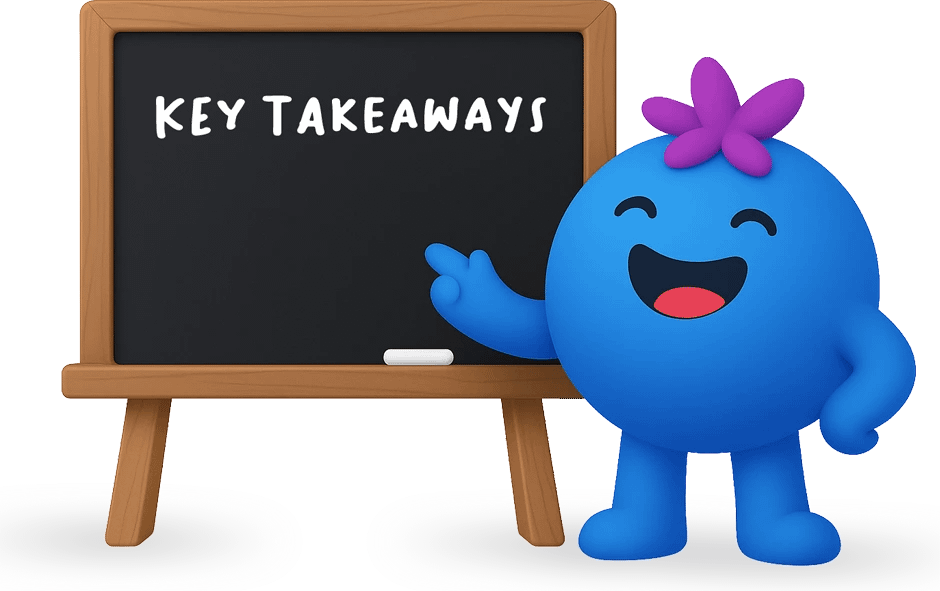
Conclusion
Growing your reach on Facebook and Instagram is no longer about posting randomly or hoping the algorithm will eventually notice your content. Real results come from understanding what your audience responds to, publishing at the right times and building a consistent identity that the platforms can clearly categorise. When your strategy aligns with the way people in the UK actually use social media, your visibility grows in a steady and predictable way — often much faster than expected.
Every post you publish becomes more effective when your profiles are optimised, your captions include the right keywords and your content feels genuinely relevant to your local community. For many small businesses, this combination is enough to break through the noise and turn social media into a meaningful source of visibility and leads. And if you ever reach the point where you want a structured, long-term plan built on data and UK audience insights, you can explore our service Facebook Management to see how ongoing support helps local companies strengthen their presence on both platforms.
Don’t be green in Social Media




